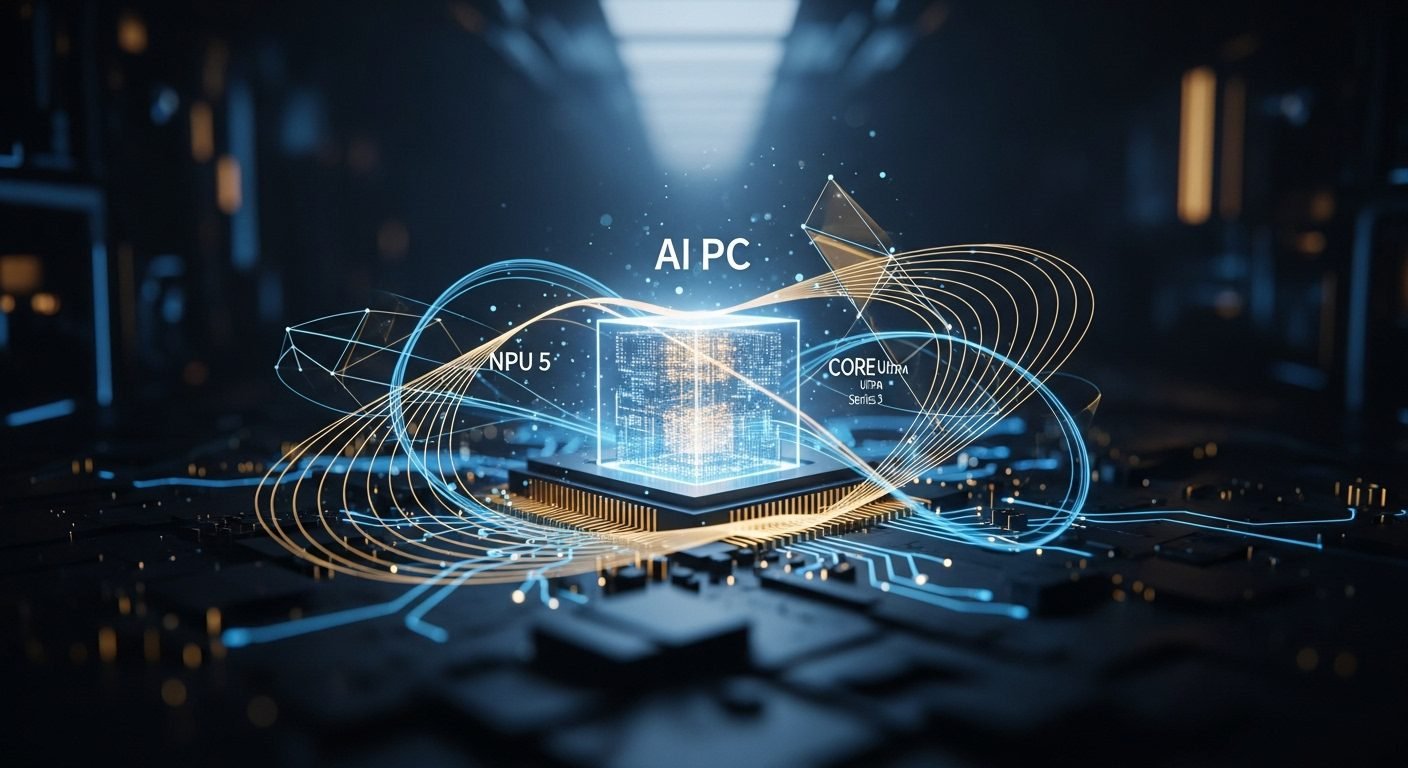The quiet hum of digital transactions is about to crescendo into a roar, not with a seismic shift from an upstart, but from a behemoth. PayPal, a titan with over 400 million active accounts, has just unveiled “PayPal Links” and, more profoundly, the direct integration of cryptocurrency into its peer-to-peer (P2P) payment flows. This isn’t merely an update; it’s a foundational re-architecture of how we conceive and interact with digital value, hinting at a future where money flows as fluidly as conversation itself.
The Genesis of a Seamless Digital Economy
PayPal’s journey into digital assets has been a calculated, multi-year expedition, not a sudden plunge. Since enabling crypto trading in 2020, the payments giant has steadily laid the groundwork for this moment. We’ve seen the rollout of “Checkout with Crypto” in 2021, crypto integration within Venmo, and the crucial ability to transfer assets to external wallets by 2022. The 2023 launch of its regulated stablecoin, PYUSD, was a clear signal of intent, a regulated bridge between fiat and the burgeoning digital realm. Most recently, July 2025 saw “Pay with Crypto” enable U.S. businesses to accept payments in over 100 cryptocurrencies, with PYUSD as the settlement layer. These are not isolated features; they are carefully orchestrated steps towards a unified vision.
Bridging Worlds: The Invisible Infrastructure of Future Finance
Now, with PayPal Links, we witness the tangible manifestation of this vision. Imagine sending Bitcoin, Ethereum, or PYUSD through a simple, one-time link shared via text, chat, or email. This move directly injects digital assets into the veins of everyday transactional utility, lifting them from the speculative fringes into the core of personal finance. The personalized links, valid for 10 days and instantly settling funds in the recipient’s PayPal Balance, simplify what was once complex, making crypto as approachable as a Venmo request.
Crucially, this isn’t just about moving crypto between PayPal accounts. U.S. users will soon be able to send BTC, ETH, PYUSD, and other supported assets to external crypto wallets worldwide, aligning more closely with the decentralized ethos of peer-to-peer transactions, even as PayPal remains a centralized processor. This is a delicate balance, offering the security and familiarity of a trusted brand while embracing the borderless potential of digital assets. The exemption of personal friends-and-family crypto transfers from 1099-K reporting further greases the wheels, removing a significant hurdle for everyday adoption.
This entire endeavor is underpinned by “PayPal World,” a visionary interoperability framework designed to connect payment systems and wallets globally. This framework isn’t just about PayPal; it’s about creating a universal translator for value, an invisible infrastructure that could connect billions of wallets and fundamentally reshape global remittances and P2P interactions. The impressive growth in PayPal’s existing P2P volume (up 10% year-over-year in Q2 2025) and Venmo’s record TPV growth underscore a fertile ground for this digital transformation. PYUSD, with a market capitalization nearing $1.3 billion, is poised to become a significant stable medium of exchange within this expanding ecosystem.
Future Frame: We are witnessing the digital equivalent of turning every messaging app into a bank, every conversation into a transaction channel. In this future, the friction of transferring value across borders or between currencies dissolves, leaving behind a seamless, instant flow of economic energy. The very concept of a ‘wallet’ might evolve beyond a distinct app, becoming an ambient capability integrated into our core digital identities, enabled by a framework like PayPal World. The Evolution of Digital Identity in Web3
The Ripple Effect: A Glimpse into Tomorrow’s Financial Landscape
This strategic pivot by PayPal is more than just a feature rollout; it’s a profound statement about the future of finance. By deeply embedding crypto into its core P2P offerings, PayPal isn’t just participating in the digital asset revolution; it’s actively driving its mainstream adoption. This move will undoubtedly exert significant pressure on other established payment processors, forcing them to accelerate their own crypto strategies to remain competitive. The long-term implications are staggering: a world where sending value across continents is as effortless and instantaneous as sending a text, bypassing traditional banking complexities and fees.
The integration of crypto into PayPal’s consumer experience could dramatically boost the utility and circulation of assets like Bitcoin, Ethereum, and PYUSD, transforming them from speculative investments into practical tools for everyday commerce. This isn’t just about moving money; it’s about connecting economies, empowering individuals, and fostering a global digital commons where value flows freely. The modest stock market reaction (PYPL up 0.26% to 0.8% initially) and cautious crypto sentiment might mask the long-term, tectonic shifts this integration represents.
The real test will be how quickly “soon” becomes “now” for the full crypto integration and how effectively PayPal can expand this paradigm globally, beyond its initial U.S. and then UK/Italy rollout. The vision is clear: a world where money moves with the speed of thought, integrated into the fabric of our digital lives. PayPal is betting big that the future of finance is conversational, crypto-native, and profoundly interconnected. Understanding Stablecoin Utility in a Global Economy
—











